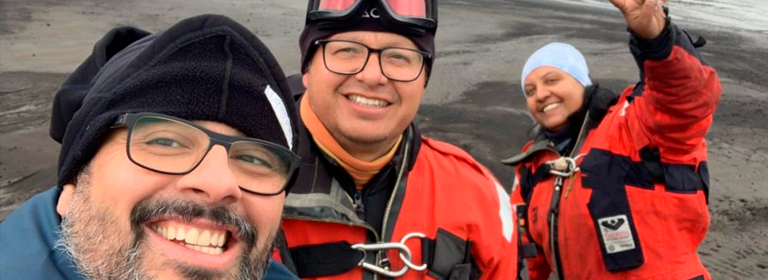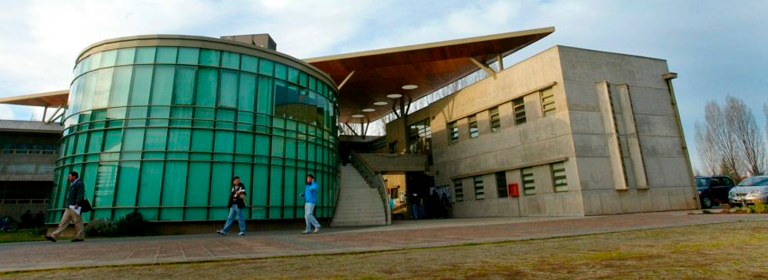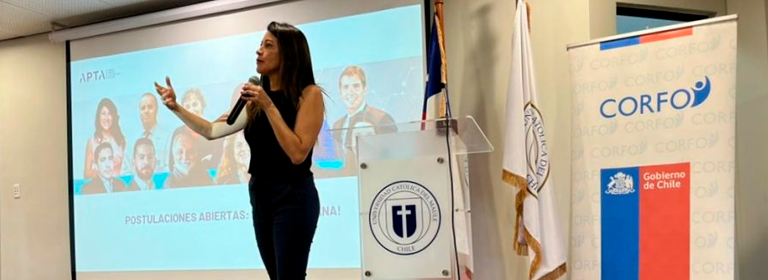A team of scientists from the Universidad Autónoma de Chile and the Centro de Investigación de Estudios Avanzados del Maule (CIEAM) traveled to the frozen continent to evaluate changes in the community structure of microorganisms and the production of polysaccharides that inhabit hostile environments.
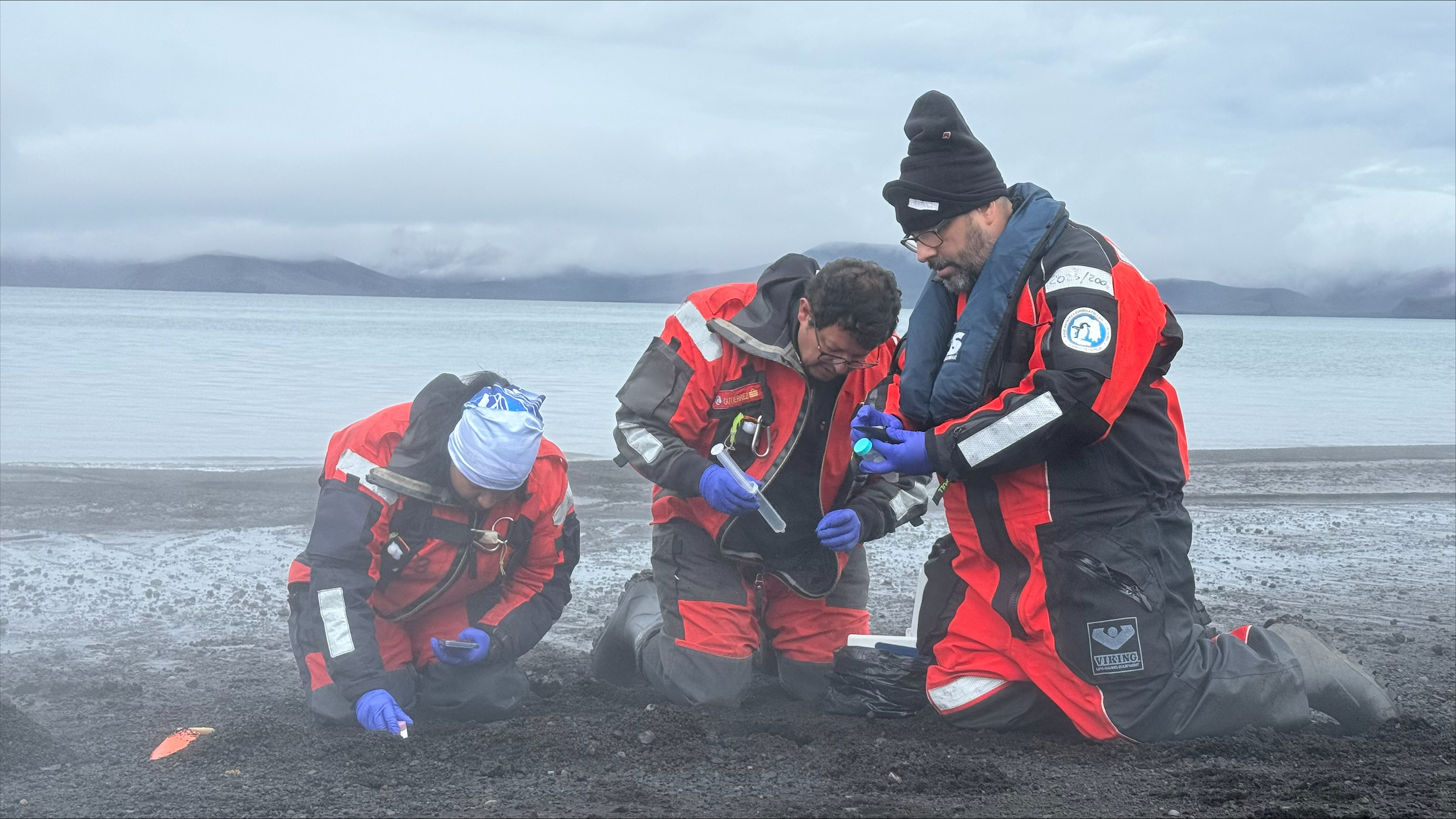 What kind of living organisms survive Antarctica’s most extreme weather conditions? This is one of the questions that a team of researchers is trying to answer. They traveled to Deception Island to study the champions of survival: the microorganisms that inhabit the vents of the most southern place in the world.
What kind of living organisms survive Antarctica’s most extreme weather conditions? This is one of the questions that a team of researchers is trying to answer. They traveled to Deception Island to study the champions of survival: the microorganisms that inhabit the vents of the most southern place in the world.
«We want to evaluate the type of microorganisms that survive in extreme environments, with a special interest in polysaccharides, such as the complex carbohydrates that they produce to protect themselves from environmental conditions,» explained Aparna Banerjee, PhD in Botany, who is leading the tour on the island. The island, which is an active volcano, emerges from the ocean with a curious horseshoe shape.
This is the mission’s second trip to the island, as part of a project funded by the Chilean Antarctic Institute (INACH RT_24-21).
«Last year we took samples at eight hot spots or places with thermal anomalies. This year we wanted to include two more. We are doing studies to understand how environmental factors regulate the present microbial communities and the different types of polysaccharides they produce, in order to use these natural compounds as additives in the food industry in the future. So far, these additives are not produced domestically, so there is a large market for it,» said the academic of the Universidad Autónoma de Chile.
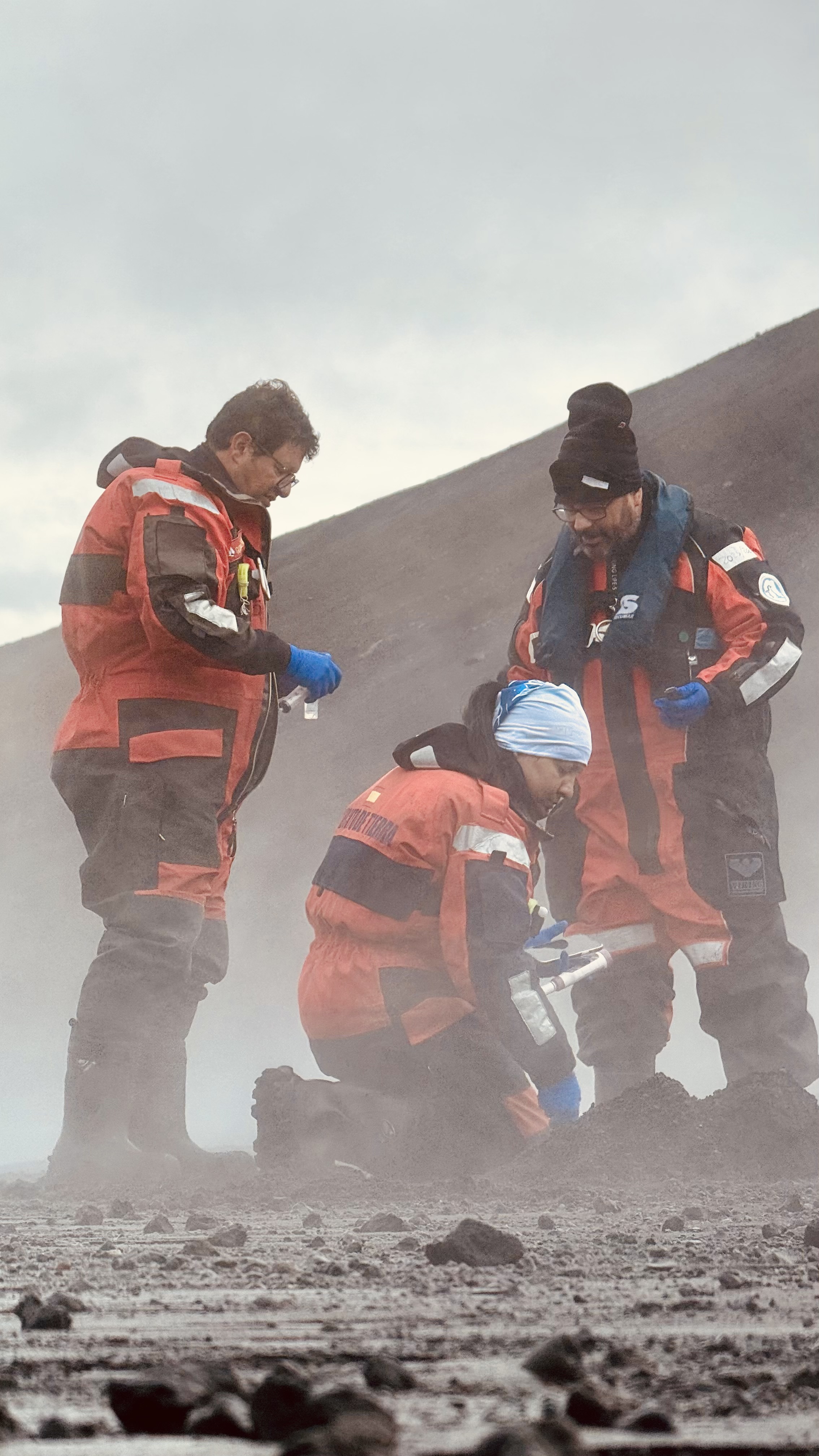 «Fumaroles are thermal anomalies with high dynamics and temperatures that vary a lot. We have found hot soils from 40 degrees Celsius to fumaroles that exceed 100 degrees Celsius, which is also a challenge for sampling. This, added to the temperature of the environment, which despite not being so low at this time of the year, marking between 0 and 3 degrees, and the wind that when intensified generates a feeling of much greater cold, makes the conditions for navigation more difficult and turn field work more complex,» said the doctor in Oceanography, Alexander Galan, who was part of the delegation and is also member of the Centro de Investigación de Estudios Avanzados del Maule (CIEAM), belonging to UCM.
«Fumaroles are thermal anomalies with high dynamics and temperatures that vary a lot. We have found hot soils from 40 degrees Celsius to fumaroles that exceed 100 degrees Celsius, which is also a challenge for sampling. This, added to the temperature of the environment, which despite not being so low at this time of the year, marking between 0 and 3 degrees, and the wind that when intensified generates a feeling of much greater cold, makes the conditions for navigation more difficult and turn field work more complex,» said the doctor in Oceanography, Alexander Galan, who was part of the delegation and is also member of the Centro de Investigación de Estudios Avanzados del Maule (CIEAM), belonging to UCM.
Life on Mars?
Due to their characteristics, which include water and sediment with corrosive pH, the fumaroles are also interesting for accurately projecting the potential for bacterial life in inhospitable places such as Mars and Jupiter’s icy satellite.
This mystery is addressed by the third member of the group. «I will take part of the samples to China, to the Laboratory for Lunar and Planetary Sciences, where I am oversee the astrobiology area. The study of polyextraterrestrial environments is very important for space microbiology, since it helps us understand the limits of life and to obtain essential information to determine if it would be possible to find extraterrestrial life,» said André Antunes, researcher at the Macao University of Science and Technology in China.
Commander David Liarte, head of Logistics at the Spanish Base Gabriel de Castilla, where the scientists are staying, also contributed to the expedition. «We are very far away, thirteen thousand kilometers away from Spain, in adverse weather conditions, but we are planning and preparing ourselves so that when they return from taking samples, they can store, guard, and measure data in a scientific module, with the aim of transporting them back in the best way possible», he said.

